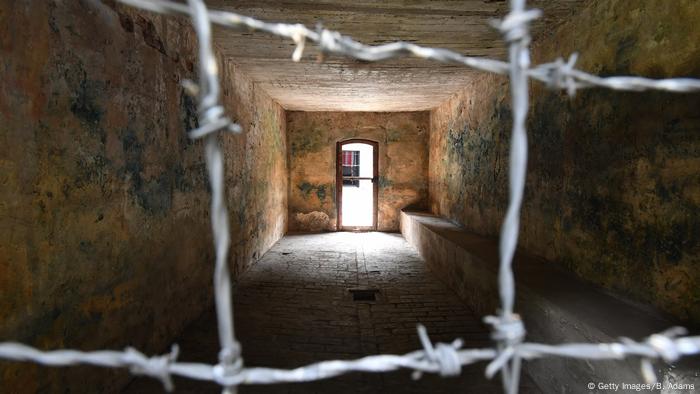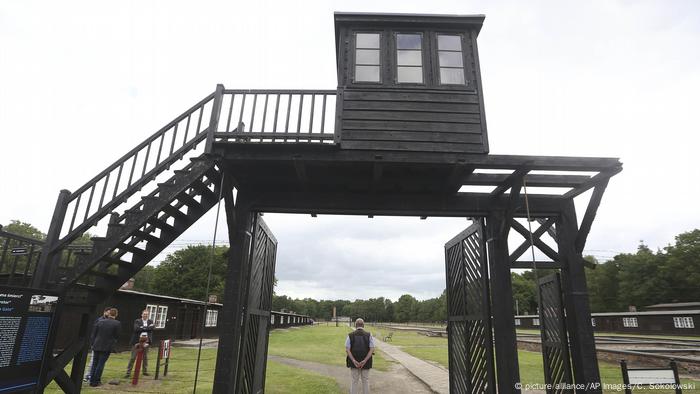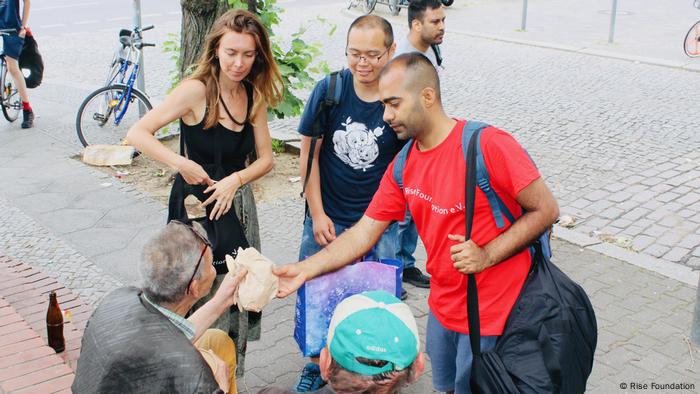Issued on: 02/02/2021

An image of Myanmar's Aung San Suu Kyi.
© AFP/File
Text by: Romain BRUNET
The Myanmar army’s detention of de facto leader Aung San Suu Kyi on Monday marks the fall of an icon whose story has been marked by the country's highs and lows, both at home and abroad. The Nobel Peace Prize laureate rose to lead Myanmar in 2015 after spending the better part of two decades under house arrest. But Suu Kyi's standing abroad was gravely damaged by her handling of the Rohingya crisis.
Suu Kyi – who has been compared to Nelson Mandela, Gandhi and Martin Luther King – took up her country's struggle for democracy in 1988 during a popular uprising against decades of military rule. She soon earned international renown, winning the Nobel Peace Prize in 1991 while under house arrest, where she would remain for a total of 15 years before finally rising to power in Myanmar in 2016.
Her dramatic story earned admiration far and wide. French director Luc Besson's feature biopic "The Lady" brought Suu Kyi's epic tale to the silver screen in 2011, a year before she gained her release and began writing a new chapter in her country's history.
But that foreign adulation wouldn't last. Once in power in Myanmar, Suu Kyi's conspicuous refusal to act in defence of the Rohingya community baffled the international community that had once sung her praises. Although Suu Kyi remained popular inside Myanmar, she became persona non grata on the world stage. And now, at 75, she is once again a political prisoner.

03:48
Sensing a putsch in the offing in recent days, Suu Kyi took on the familiar role of the resistance fighter anew, issuing a pre-emptive call the day of her arrest for the people of Myanmar "not to accept a coup" and saying an army takeover would put the country "back under a dictatorship".
"I urge people not to accept this, to respond wholeheartedly to protest against the coup by the military," the statement attributed to Suu Kyi said, posted to the Facebook page of her National League for Democracy party.
A fateful turn
Suu Kyi's detention is the latest twist in a life that began with a tragedy. In 1947, when Suu Kyi was just two years old, her father – the charismatic independence hero General Aung San – was assassinated. Suu Kyi would long live in exile, notably in India and later in the United Kingdom, Myanmar's former colonial ruler, where she attended Oxford University. It was there that she met her husband, the academic and Tibet specialist Michael Aris, with whom she had two children.
Then, in 1988, Suu Kyi's life took a fateful turn. Having returned to her home country to be at her dying mother's side, Suu Kyi took everyone by surprise when she got involved in the Burmese people's uprising against the military junta.
"I could not, as my father's daughter, remain indifferent to all that was going on," she said in an August 1988 speech that marked her entrance into political life.
Some 3,000 people died in the repression of that uprising. It would also mark the birth of an icon. Suu Kyi became the woman through whom democracy might one day return to Myanmar and in whom a people, under the jackboot of military dictatorship since 1962, could invest their hopes.
Suu Kyi was granted authorisation to form the National League for Democracy (NLD) party. But it was not long before she was placed under house arrest. From there, she would witness her party's victory in 1990 elections, a result the junta refused to accept.
Consigned to her residence, a lakeside villa in Yangon, Suu Kyi was allowed visits from the rare emissary as well as, now and again, her two sons, who had remained in Britain living with their father. Suu Kyi lost her husband to cancer in 1999; she was not able to visit him before he died.
International acclaim
In 1990, Suu Kyi won the European Parliament's Sakharov Prize for Freedom of Thought, Europe's highest tribute to human rights work, a year before the Nobel Committee bestowed its prestigious Peace Prize. The catalogue of distinctions Suu Kyi received spanned the globe: The US Presidential Medal of Freedom in 2000, honorary citizenship of the City of Paris in 2004, the Olof Palme Prize for human rights in 2005, honorary Canadian citizenship in 2007, the Catalonia International prize in 2008, the French Legion of Honour in 2012 and the US Holocaust Memorial Museum's Elie Wiesel Award that same year.
"Aung San Suu Kyi was put on a pedestal during her 15 years of house arrest and elevated to stardom. She was a woman, she was beautiful, she was fighting against a military junta; you couldn't imagine a better representative for democracy," David Camroux, a historian specialised in Southeast Asia and lecturer at France's Sciences Po, told FRANCE 24.
To fully grasp the adulation Suu Kyi enjoyed, one need only recall November 13, 2010, the day she was finally liberated from detention. The news was celebrated immediately across the West. In Paris, a gathering was hastily organised on the City Hall forecourt by Suu Kyi's French support committee. Then-mayor Bertrand Delanoë attended, alongside actress-musician Jane Birkin, the group's spokesperson, and Oscar-winning film star Marion Cotillard.
In 2012, Suu Kyi contested by-elections that saw her party win 43 of the 44 parliamentary seats in which it fielded candidates. She took her place as a lawmaker in Myanmar's parliament that May. But the real breakthrough came in 2015, when the NLD won the general election by a landslide.
Myanmar's journey back to military rule

01:52
Although the Constitution forbade Suu Kyi from seeking the presidency due to her marriage to a foreigner – a provision the military had inserted to bar her from the office – one of her close associates in the party, Htin Kyaw, was elected to the role in 2016. The position of state counsellor, meanwhile, was created for Suu Kyi, who assumed defacto leadership of the country.
During her years at Myanmar's helm, Suu Kyi was tested by the rigours of power, obliged to cope with the all-powerful military officials who remained atop key government ministries.
Inaction over the Rohingya tragedy
Suu Kyi enjoyed success domestically as the economy grew and Myanmar drew foreign investment, from China and Japan in particular. But her image was forever damaged internationally by the tragedy of the Rohingya Muslims.
In 2017, some 750,000 members of the Rohingya minority were forced to flee violent abuses at the hands of the army and Buddhist militias, taking refuge in makeshift camps over the border in Bangladesh. The tragedy saw Myanmar accused of "genocide" before the International Court of Justice, the principal judicial organ of the United Nations.
In 2019, Suu Kyi personally led the country's defence at the court in The Hague, rejecting the allegations of genocide as "incomplete and misleading", although she admitted war crimes may have been committed. Her apparent lack of compassion for the Rohingya outraged the international community. But "Mother Suu", as the Burmese call her, retained the confidence of her people at home.
Rohingya refugees fear returning to Myanmar after coup

01:43
"The disappointment was considerable because the expectations were unrealistic," Camroux told FRANCE 24. "Aung San Suu Kyi considers the ethnic majority she hails from, the Bamar, superior and that it is they who are the real Burmese, which is where her lack of consideration for the Rohingya comes from. There was also a political calculation on her part since she had to appear conciliatory with the military officials and put her patriotism on display."
Beyond the Rohingya situation, international observers have reproached Suu Kyi for what they see as her autocratic approach to power.
"She is a pretty authoritarian woman who doesn't delegate," said Camroux. "That's actually a real problem within her party since we are not seeing a new generation emerge. Many of the people who control the party are around 80 years of age. It's difficult to see who might succeed her."
Nevertheless, Suu Kyi remains very well-liked in Myanmar. Considered a model of modesty and austerity, she incarnates for many Burmese what a real Buddhist should be. Indeed, legislative elections in November confirmed her popularity, with Suu Kyi's NLD scoring an overwhelming victory.
This article has been translated from the original in French.





















